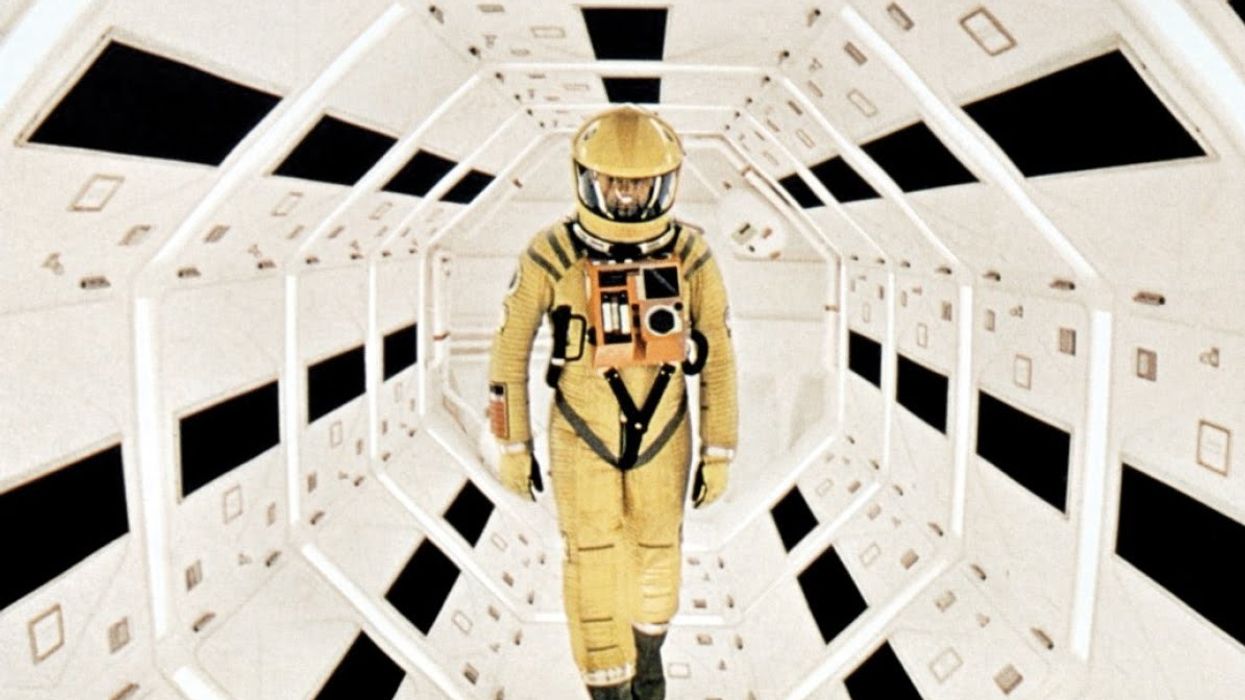Watch: What's Negative Space and How Can You Use It Effectively in Your Own Films?
Negative space is so much more than just the parts of the frame your subject doesn't occupy.

What do you think about when designing a shot? If you're somewhere near the beginning of your career, you might focus primarily on your subject—where to place them, how big they should be in the frame, the angle from which to capture them. However, a more advanced concept of cinematography that will help you shoot more dynamic compositions is "negative space." In this video by James Hayes of Film in the Making, you get to learn how to take advantage of all elements of the frame, including negative space.
Negative space is simply the space around and between the subject of a composition. For example, in a wide shot of a man standing in an empty field, the sky, ground, and everything in between would be considered negative space. If my awesome explanation wasn't enough, here's a video from Raindance that explains it better:
The great thing about negative space is that it can be used for many different things. Primarily, it's used to isolate your subject so that a viewer knows where to look, but filmmakers also utilize negative space to create a comedic effect, like in Garden State, to convey visual messages, and to raise tension by bringing attention to a space within the frame that is about to change, as seen in several horror films.
Filmmakers can use negative space in countless ways, and proficiency comes with practice, but perhaps the first lesson one should learn about this cinematic concept is that there is more to the frame than your subject—in fact, there could be a completely different story being told if you look hard enough.

Source: Film in the Making











